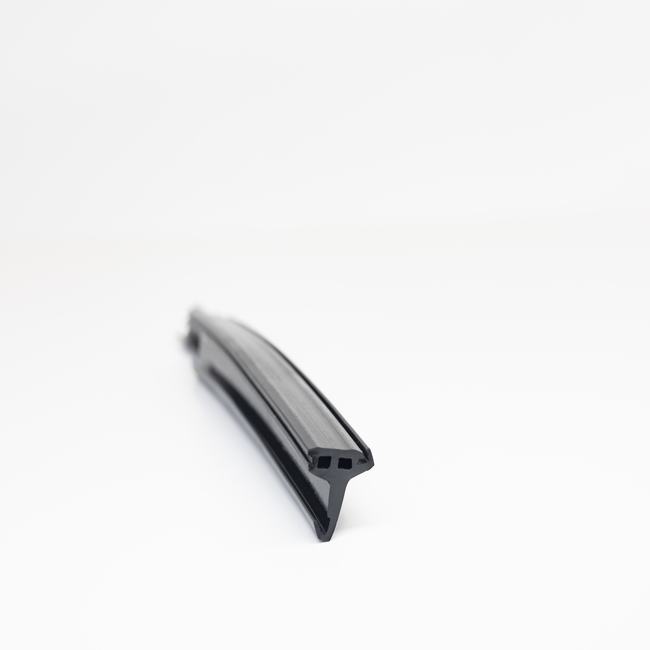A dilatation seal, also known as a dilation seal, expansion joint, or expansion seal, is a critical component used in various engineering and construction applications to accommodate movement, expansion, contraction, or other structural changes within a system or structure. These seals are designed to prevent or mitigate damage caused by thermal expansion, vibration, seismic activity, settlement, and other factors that can induce stress and strain on building materials and infrastructure.
Here is a more detailed description of dilatation seals and their key features:
- Purpose and Function:
Dilatation seals primarily serve the purpose of bridging the gaps or transitions between two adjacent structural elements, allowing them to move independently while maintaining a degree of continuity and integrity in the system. They are often used to absorb and distribute the stresses and deformations generated by movement and external forces. - Types of Dilatation Seals:
There are various types of dilatation seals, each designed to address specific requirements in different applications. Common types include:
- Rubber Expansion Joints: These are made from elastomeric materials and can accommodate movement in multiple directions.
- Metal Expansion Joints: Typically composed of metal bellows or corrugated elements, these are suitable for high-temperature and high-pressure applications.
- Sliding Plate Expansion Joints: These consist of sliding plates that allow lateral movement in a single direction.
- Modular Expansion Joints: Composed of multiple components, these joints are designed for large gaps and high flexibility.
- Applications:
Dilatation seals are used in a wide range of applications, including:
- Buildings and Infrastructure: To accommodate the expansion and contraction of building materials, such as in bridges, buildings, and highways.
- Industrial Facilities: In systems like pipelines, power plants, and manufacturing facilities to handle temperature fluctuations.
- Transportation: In the construction of railway tracks, roads, and airport runways to absorb the dynamic forces generated by vehicles and trains.
- Marine Engineering: In the shipbuilding industry to handle the motion and flexing of ship components.
- Aerospace: For managing the thermal expansion of aircraft components.
- Design Considerations:
When selecting and designing dilatation seals, several factors must be considered:
- Movement Capability: The seal must be able to accommodate the expected range of movement, both linear and angular.
- Environmental Conditions: The seal’s material and design should withstand the environmental conditions, including temperature, humidity, and exposure to chemicals.
- Load Capacity: It should support the loads generated by the structural elements it connects.
- Maintenance Requirements: Some seals may require periodic inspection and maintenance to ensure their continued effectiveness.
- Installation and Maintenance:
Proper installation and regular maintenance are essential for the longevity and effectiveness of dilatation seals. Improper installation can lead to premature failure and structural issues. Maintenance may involve inspecting for wear and tear, ensuring proper alignment, and replacing seals if necessary.
In summary, dilatation seals are essential components in engineering and construction, designed to accommodate movement and maintain the structural integrity of systems and structures. They come in various types to suit different applications and require careful consideration of design, materials, installation, and maintenance to ensure their reliable performance over time.


